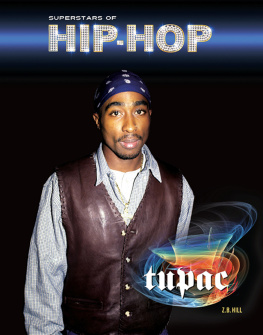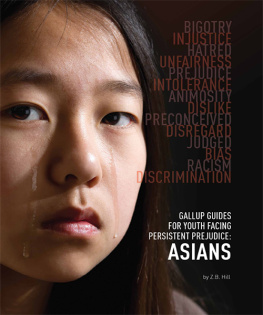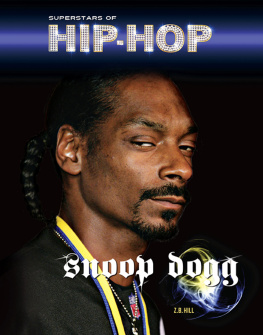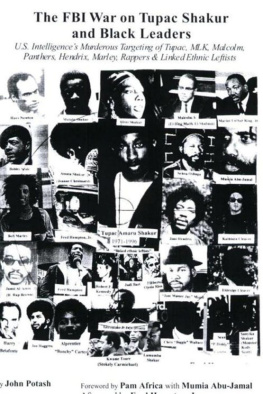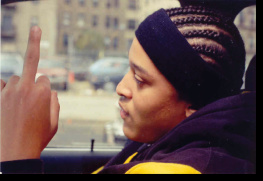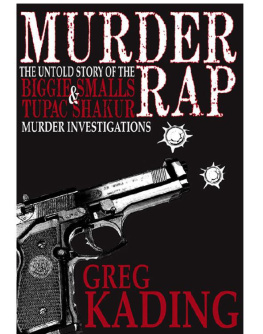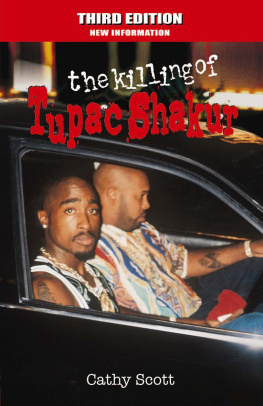
Tupac
by Z.B. Hill
In Books
Baker, Soren. The History of Rap and Hip Hop. San Diego, Calif.: Lucent, 2006.
Comissiong, Solomon W. F. How Jamal Discovered Hip-Hop Culture. New York: Xlibris, 2008.
Cornish, Melanie. The History of Hip Hop. New York: Crabtree, 2009.
Czekaj, Jef. Hip and Hop, Dont Stop! New York: Hyperion, 2010.
Haskins, Jim. One Nation Under a Groove: Rap Music and Its Roots. New York: Jump at the Sun, 2000.
Hatch, Thomas. A History of Hip-Hop: The Roots of Rap. Portsmouth, N.H.: Red Bricklearning, 2005.
Websites
Death Row Records
www.deathrowmusic.com
Official Tupac Fan Site
www.hitemup.com
Official Tupac Forum
2pacshakur.forum.st
Tupac Amaru Shakur Foundation
www.tasf.org
Tupac on MTV
www.mtv.com/music/artist/2pac/artist.jhtml
Tupac
by Z.B. Hill

Mason Crest
Tupac
 | Mason Crest
370 Reed Road
Broomall, Pennsylvania 19008
www.masoncrest.com |
Copyright 2013 by Mason Crest, an imprint of National Highlights, Inc. All rights reserved. No part of this publication may be reproduced or transmitted in any form or by any means, electronic or mechanical, including photocopying, recording, taping, or any information storage and retrieval system, without permission from the publisher.
Printed and bound in
First printing
9 8 7 6 5 4 3 2 1
Library of Congress Cataloging-in-Publication Data
Hill, Z. B.
Tupac / by Z.B. Hill.
p. cm. (Superstars of hip-hop)
Includes index.
ISBN 978-1-4222-2530-1 (hard cover) ISBN 978-1-4222-2508-0 (series hardcover) ISBN 978-1-4222-9232-7 (ebook)
1. Shakur, Tupac, 19711996Juvenile literature. 2. Rap musiciansUnited StatesBiographyJuvenile literature. I. Title.
ML3930.S48H55 2012
782.421649092dc23
[B]
2011019648
Produced by Harding House Publishing Services, Inc.
www.hardinghousepages.com Interior Design by MK Bassett-Harvey. Cover design by Torque Advertising & Design.
Publishers notes:
All quotations in this book come from original sources and contain the spelling and grammatical inconsistencies of the original text.
The Web sites mentioned in this book were active at the time of publication. The publisher is not responsible for Web sites that have changed their addresses or discontinued operation since the date of publication. The publisher will review and update the Web site addresses each time the book is reprinted.
DISCLAIMER: The following story has been thoroughly researched, and to the best of our knowledge, represents a true story. While every possible effort has been made to ensure accuracy, the publisher will not assume liability for damages caused by inaccuracies in the data, and makes no warranty on the accuracy of the information contained herein. This story has not been authorized nor endorsed by Tupac.
Contents
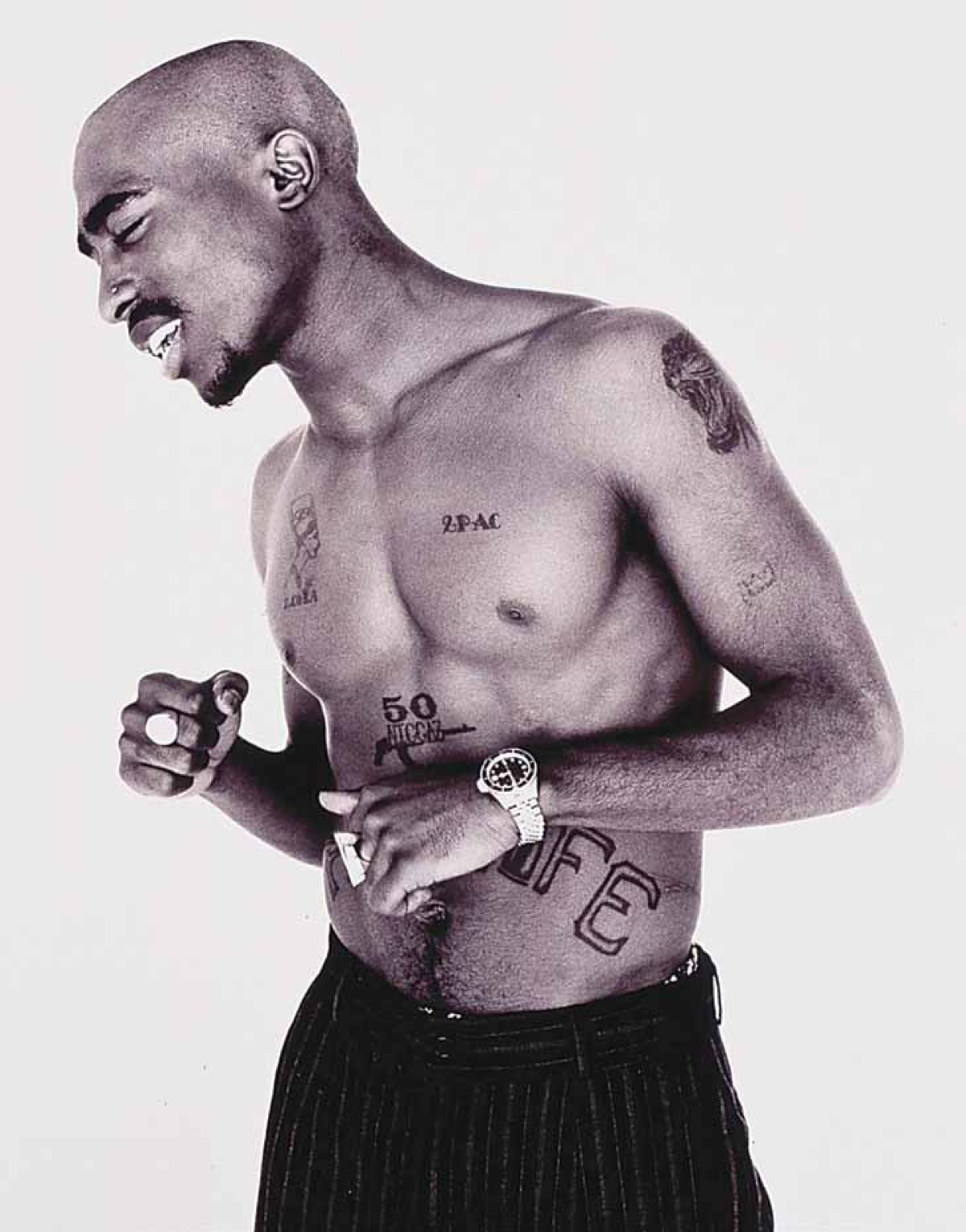
Hip-Hop lingo
Lyrics are the words in a song.
An album is a bunch of songs made to go together on a CD.
Rap is a kind of music where rhymes are spoken over music in the background. A rapper is a person who rhymes over music, sometimes off the top of his head.
A recording studio is a place where musicians go to record their music and turn it into CDs.
A producer is the person in charge of putting together songs. A producer makes the big decisions about the music.
A feud is a fight between two people or groups that goes for a long time.
When someone is convicted of a crime, a judge or a jury decides he is guilty.
In 1994, there was no brighter hip-hop star than Tupac Shakur. He had good looks and talent. His about hard life on city streets gave people hope. He wasnt even twenty-five years old. But already he was many peoples hero.
On November 30, 1994, Tupac went to New York City. He was there to help a friend make an on Times Square. Tupac was famous. Adding his name to Shawns album was sure to help it sell better.
Tupac had already created a unique image. He was a rebel. He was a fighter. He rapped about growing up poor and about violence on the streets. He rapped about getting back at people who had hurt him. His music was about his life. It told stories about all the things that had hurt him or made him angry.
Tupac arrived at the Times Square studio around midnight. His sister and a few friends were with him. When he got there, he noticed something. A strange man stood outside the building. The man followed the group as they went inside. In the lobby, Tupac saw two other strange men. And thats when it happened.
All three men pulled guns out at the same time. They ignored the group and went straight for Tupac. They told him to give up his money and jewelry. Instead, Tupac reached for his own gun. When the men saw the gun, they opened fire. Tupac didnt stand a chance. Five shots hit him. Luckily, none of the shots killed him. Then the attackers robbed him. They took about $35,000 worth of jewelry from him.
Only one other person in the group was robbed. The rest were left untouched. Tupac was sure he had been set up.
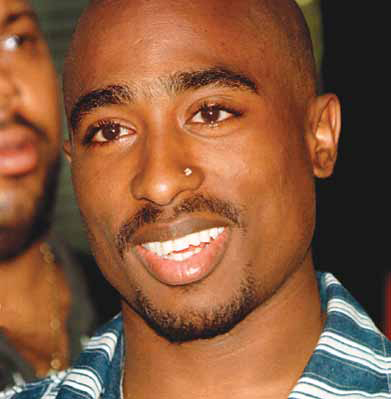
When armed robbers confronted Tupac in the lobby of Quad Recording Studio in Manhattan, the rapper reached for a concealed gun. Before he could draw the weapon, Tupac was shot 5 times.
Gangsta vs. Gangsta
That same night, in the same building, another rapper was at work. Notorious B.I.G. and Puff Daddy were recording in an upstairs studio.
Downstairs, the shooting had stopped. Tupacs friends pushed him into the elevator. They wanted to protect him against any further attacks. A few other friends stayed behind to call the police. Tupac was very angry. Still bleeding, he accused everyone of setting him up. He said that lots of people wearing jewelry had been around during the attack. But none of them were robbed. Finally, the ambulance arrived. Tupac went to the hospital. His wounds were treated.
While he healed, Tupac began to track down his attackers. He found out that Notorious Biggie B.I.G. had been in the same building on the night of the attack. He also found out that visitors to the building had been buzzed in. This meant that someone on the inside had let the three attackers enter.
But there was a problem. Many people had known about Tupacs arrival that night. Dozens of people might have set him up for the attack. Even so, Tupac accused Biggie of doing it. Biggie denied it, but Tupac was convinced. The two rappers had been friends before. But all that changed. They began a that would change their lives. Biggie represented the East Coast and Tupac the West Coast.
Against the World
Tupac checked himself out of the hospital. The doctors had done good work on him. His wounds would heal. But he had other problems. He went directly from the hospital to the courthouse. Hed been accused of hurting a woman. He denied it, but he was anyway. He was told he had to serve a few years in jail.
Next page
